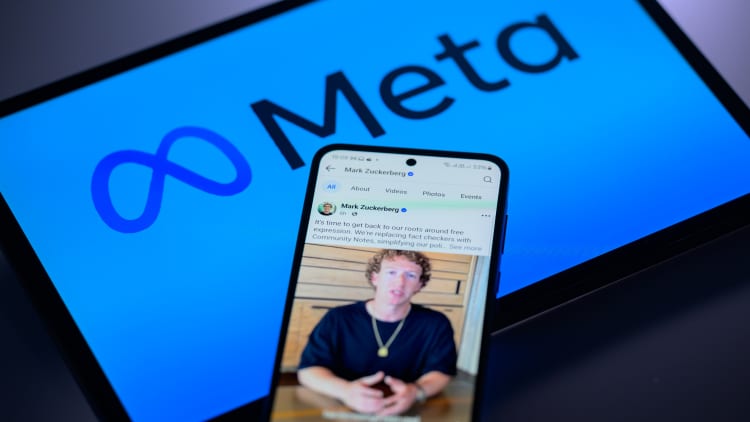How the language of job postings can attract rule-bending narcissists
When companies advertise job openings, they often use buzzwords like “ambitious” and “self-reliant” to describe their ideal candidate. These traits sound appealing—what hiring manager wouldn’t want a driven employee? But there’s a catch. In my latest study, published in the journal Management Science with co-authors Scott Jackson and Nick Seybert, I found that these terms may attract job applicants with more narcissistic tendencies. As behavioral researchers in accounting, we are interested in executives who bend the rules. We decided to study job postings after noticing that the language used to describe an “ideal candidate” often included traits linked to narcissism. For example, narcissists tend to see themselves as highly creative and persuasive. Prior research also shows that narcissistic employees are more innovative and willing to take risks to get the success and admiration they crave, even if it means bending the rules. Based on these observations, we compiled two sets of terms commonly used in job postings. We call the two sets “rule-follower” and “rule-bender” language. Some examples of rule-bender language include “develops creative and innovative solutions to problems,” “communicates in a tactical and persuasive manner,” and “thinks outside the box.” In contrast, the rule-follower language includes terms like “relies on time-tested solutions to problems,” “communicates in a straightforward and accurate manner,” and “thinks methodically.” Through a series of experiments, we found that rule-bender language attracts individuals with higher levels of narcissism for accounting-specific jobs, as well as other industries. To measure narcissism, we used a personality assessment that asks people to choose whether they identify more with more narcissistic statements like, “I always know what I am doing,” or less narcissistic statements like “Sometimes I am not sure of what I am doing.” Why it matters Companies write job postings carefully in hopes of attracting the ideal candidate. However, they may unknowingly attract and select narcissistic candidates whose goals and ethics might not align with a company’s values or long-term success. Research shows that narcissistic employees are more likely to behave unethically, potentially leading to legal consequences. While narcissistic traits can lead to negative outcomes, we aren’t saying that companies should avoid attracting narcissistic applicants altogether. Consider a company hiring a salesperson. A firm can benefit from a salesperson who is persuasive, who “thinks outside the box,” and who is “results-oriented.” In contrast, a company hiring an accountant or compliance officer would likely benefit from someone who “thinks methodically” and “communicates in a straightforward and accurate manner.” Bending the rules is of particular concern in accounting. A significant amount of research examines how accounting managers sometimes bend rules or massage the numbers to achieve earnings targets. This “earnings management” can misrepresent the company’s true financial position. In fact, my co-author Nick Seybert is currently working on a paper whose data suggests rule-bender language in accounting job postings predicts rule-bending in financial reporting. Our current findings shed light on the importance of carefully crafting job posting language. Recruiting professionals may instinctively use rule-bender language to try to attract someone who seems like a good fit. If companies are concerned about hiring narcissists, they may want to clearly communicate their ethical values and needs while crafting a job posting, or avoid rule-bender language entirely. What still isn’t known While we find that professional recruiters are using language that attracts narcissists, it is unclear whether this is intentional. Additionally, we are unsure what really drives rule-bending in a company. Rule-bending could happen due to attracting and hiring more narcissistic candidates, or it could be because of a company’s culture—or a combination of both










